What I'm trying to achieve is to place an image with transparency on top of another one. Something like this:
I haven't been able to find any solution, so I decided to go pixel by pixel and calculate the resulting color. That one worked for me, but its very slow. I'm new to OpenCV and also to Python.
This is my code, I came up with:
import numpy as np
import cv2
img1 = cv2.imread("img1.png", -1)
img2 = cv2.imread("img2.png", -1) # this one has transparency
h, w, depth = img2.shape
result = np.zeros((h, w, 3), np.uint8)
for i in range(h):
for j in range(w):
color1 = img1[i, j]
color2 = img2[i, j]
alpha = color2[3] / 255.0
new_color = [ (1 - alpha) * color1[0] + alpha * color2[0],
(1 - alpha) * color1[1] + alpha * color2[1],
(1 - alpha) * color1[2] + alpha * color2[2] ]
result[i, j] = new_color
cv2.imshow("result", result)
cv2.waitKey(0)
cv2.destroyAllWindows()
Is there another way of doing this? Some faster way, much faster? Thanks.
